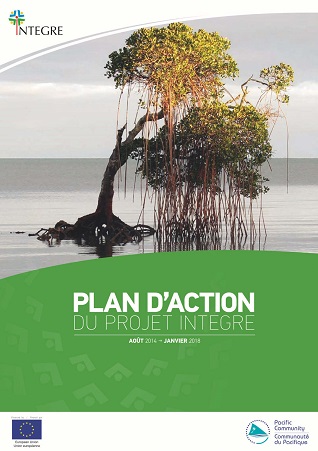INTEGRE action plan

The INTEGRE project action plan presents the sustainable development projects that have been carried out with local actors in the four territories.
It was thus structured around two main components, a regional component and a local component.
These two components were strongly linked and sustained each other. The field experience conducted within the framework of component 2 with the implementation of action plans by site fed the regional reflection with concrete examples. The methods developed and the experiences carried out have been capitalised and valued on a Pacific scale.
Actions that are deeply rooted in the realities of each OCT have thus been supported by strengthened regional cooperation. The capitalisation of such experience has made it possible to assess the relevance of developing a method adapted to the Pacific islands.
Events Project
- 28.02.18
INTEGRE s’expose à Bruxelles
INTEGRE s’expose à Bruxelles
En marge du Forum UE-PTOM qui s’est tenu la semaine du 19 février à Bruxelles, l’équipe INTEGRE s’est mobilisée afin que l’exposition INTEGRE...
- 11.12.17
Atelier de clôture du projet INTEGRE
L’atelier de clôture du projet INTEGRE s’est déroulé à Nouméa, au siège de la Communauté du Pacifique (CPS) du 4 au 8 décembre 2017...
- 06.10.17
INTEGRE Au 4ème Congrès Mondial des Aires Marines Protégées
Du 4 au 9 septembre 2017, au Chili, plus de mille acteurs de projets environnementaux étaient réunis...


